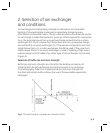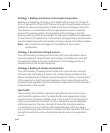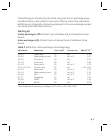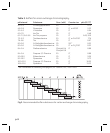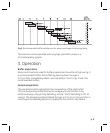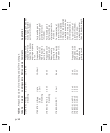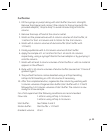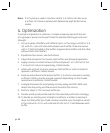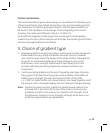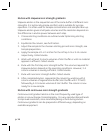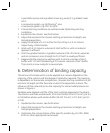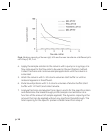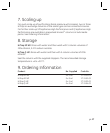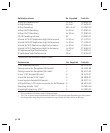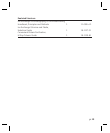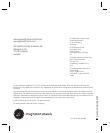p. 14
Elution with stepwise ionic strength gradients
Stepwise elution is the sequential use of the same buffer at different ionic
strengths. It is technically simple and fast, and is suitable for syringe
operation. It is often used for sample concentration and sample clean-up.
Stepwise elution gives small peak volumes and the resolution depends on
the difference in elution power between each step.
1. Choose starting conditions as outlined under Optimizing starting
conditions.
2. Equilibrate the column, see Purification.
3. Adjust the sample to the choosen starting pH and ionic strength, see
Sample preparation.
4. Apply the sample at 1 or 5 ml/min for the HiTrap 1 ml or 5 ml column
respectively. Collect eluate.
5. Wash with at least 5 column volumes of start buffer or until no material
appears in effluent. Collect eluate.
6. Elute with the first step ionic strength buffer. The volumes required for
stepwise elution depend on the operating conditions. However, 3–5
column volumes is usually sufficient. Collect eluate.
7. Elute with next ionic strength buffer. Collect eluate.
8. After completed elution, regenerate the column by washing with 5
column volumes of regeneration buffer (start buffer with 1 M NaCl)
followed by 5–10 column volumes of start buffer. The column is now
ready for a new sample.
Elution with continuous ionic strength gradients
Continuous salt gradient elution is the most frequently used type of
elution in ion exchange chromatography. It is very reproducible and leads
to improved resolution, since zone sharpening occurs during elution.
Continuous gradients can be prepared in different ways, depending on
available equipment.



